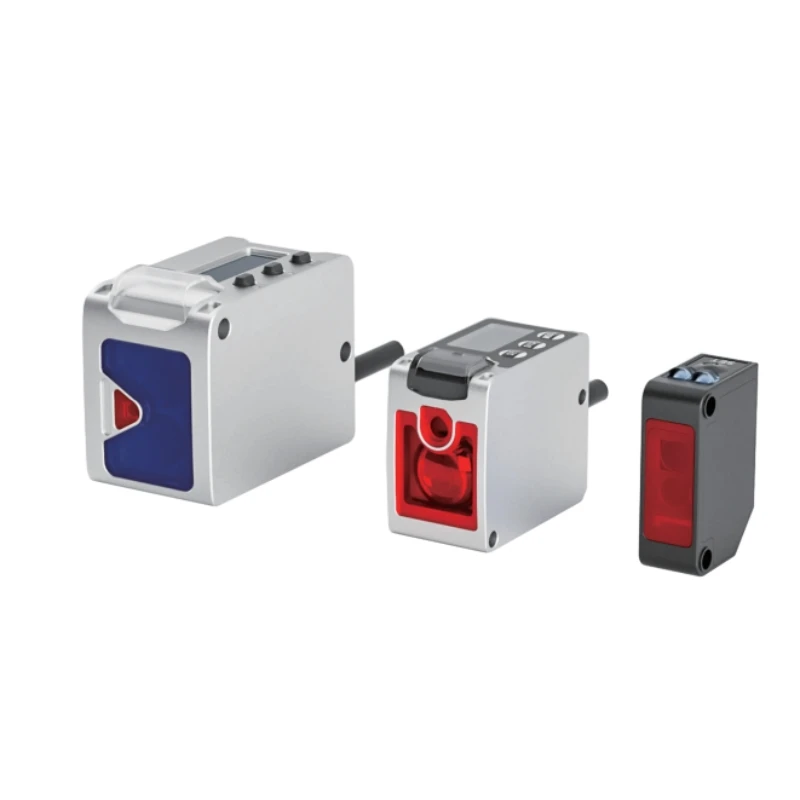Laser Range Finder
The Principle Behind Laser Distance Measurement
Laser distance measurement is a precise and efficient technique used to determine the distance between a sensor and a target object. It relies on laser technology and advanced optical principles, commonly using time-of-flight, phase shift, or triangulation methods to achieve high accuracy and reliability across various applications.
The time-of-flight method is one of the most prevalent principles. In this approach, a laser emits a pulse of light that travels to the target and reflects back to the sensor. The system measures the time it takes for the light to complete its journey, and using the speed of light as a constant, it calculates the exact distance. This method is particularly effective for measuring long distances, making it ideal for applications like surveying, construction, and logistics.
The phase shift method, on the other hand, involves modulating the laser beam's intensity or wavelength. The sensor compares the phase of the emitted light to the phase of the reflected light. The difference between these phases provides the distance measurement. This principle is often used for applications requiring high precision over shorter ranges, such as in manufacturing or quality control.
The triangulation method is commonly employed for close-range measurements. A laser beam is projected onto the target, and the reflected light is captured by a detector. The position of the reflected laser spot on the detector shifts depending on the distance, enabling the system to calculate precise measurements using geometric triangulation.
Laser Distance Sensors: Precision and Versatility in Measurement
Laser distance sensors are cutting-edge devices that provide precise, non-contact measurements of distance by utilizing laser technology. These sensors operate by emitting a laser beam towards a target object, which reflects the light back to the sensor. By analyzing the reflected light, the sensor calculates the distance between itself and the target, offering high accuracy and speed.
One of the key advantages of laser distance sensors is their ability to measure over long distances with minimal error, making them ideal for applications such as industrial automation, construction, and surveying. They offer a wide range of measurement capabilities, from a few millimeters to several kilometers, depending on the sensor type and intended use. This flexibility makes laser distance sensors suitable for a variety of tasks, including material positioning, alignment, and distance monitoring in dynamic environments.
In addition to their long-range capability, laser distance sensors are highly reliable and can perform in challenging conditions, such as extreme temperatures, dust, and vibrations. This makes them valuable in industries like mining, agriculture, and logistics, where environmental factors can often interfere with traditional measurement tools. The non-contact nature of laser sensors also ensures that they do not damage delicate or sensitive materials during measurement.
Modern laser distance sensors often feature digital outputs and are easily integrated into automated systems, providing real-time data for controlling machinery or optimizing processes. They come in various forms, including handheld models for portable use and fixed models for continuous monitoring in industrial settings.










